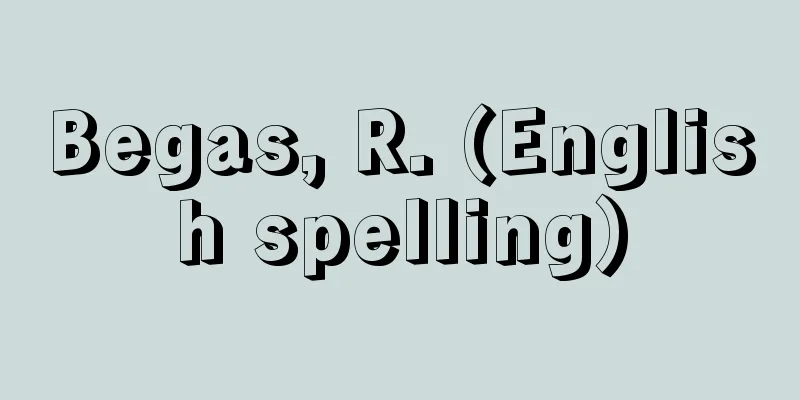Rigid body

|
A rigid body is an object that does not deform even when a force is applied to it. However, being a rigid body does not directly relate to the type of material. Many solids are treated as rigid bodies when studying their spatial motion or balance, but are not rigid when considering their deformation. Even the human body may be treated as a rigid body when studying motion without moving the limbs. The motion of a rigid body is a combination of the motion of its center of gravity and the rotational motion around the center of gravity. The balance of a rigid body can be thought of as follows. Just like in the case of a point mass, the forces acting on a point on a rigid body are balanced, but in addition, since a rigid body does not stretch or contract, applying equal forces that are parallel to and in opposite directions to both ends of a line segment within the rigid body has no effect. By utilizing this, (1) the force can be transferred to another point on that line. (2) Parallel forces acting on two different points on a rigid body can be combined into a single force. Even in this way, two forces that are equal in magnitude, parallel, and opposite in direction cannot be combined into one force; this is called a couple. When a couple is expressed as two forces acting perpendicular to each other at both ends of a line segment, it is characterized by the product of the length of the line segment and the magnitude of the forces, that is, the moment of the couple. Ultimately, the balance of a rigid body can be determined by the balance of forces and their moments. From this perspective, a rigid body can be said to be an abstraction of one aspect of the properties that an object has in terms of motion and balance. A further abstraction is a point mass. [Shohei Miyahara] ©Shogakukan "> Action of forces applied to a rigid body Source: Shogakukan Encyclopedia Nipponica About Encyclopedia Nipponica Information | Legend |
|
力が働いても変形することのない物体をいう。しかし剛体というのは物質の種類に直接関係しない。多くの固体は、その空間的な運動あるいはつり合いなどを研究するときは剛体として扱われるが、その変形を考察するときは剛体ではない。人体のようなものも、肢体を動かさない運動の研究に関しては剛体として扱われる場合がある。 剛体の運動は、その重心の運動と、重心の周りの回転運動とが合成されたものである。剛体のつり合いは次のように考えられる。剛体の1点に働く力がつり合うのは質点の場合と同様であるが、そのほかに、剛体は伸び縮みしないため、剛体の中の一つの線分の両端に、それと平行で互いに反対向きの大きさの等しい力を加えても、なんの影響もない。これを利用すれば、(1)力をその線上の他の点に移すことができる。(2)剛体の異なった2点に働く平行な力を一つの力に合成することができる。 このようにしても一つの力に合成できないのは、大きさが等しく平行で反対向きの二つの力であり、これを偶力という。偶力を一つの線分の両端に働くそれと垂直な二つの力で表したとき、線分の長さと力の大きさの積すなわち偶力のモーメントで特徴づけられる。結局、剛体のつり合いは、力とそのモーメントのつり合いで決めることができる。 こうしてみると、剛体とは、物体が運動やつり合いにおいてもつ性質の一側面を抽象したものであるということができる。さらに抽象化されたものが質点である。 [宮原将平] ©Shogakukan"> 剛体に加えられた力の働き 出典 小学館 日本大百科全書(ニッポニカ)日本大百科全書(ニッポニカ)について 情報 | 凡例 |
Recommend
NHK Taiga Drama - NHK Taiga Drama
… [Transition to TV] In 1963, when Toei, the &quo...
Ajima
...Several river terraces have developed on the e...
International Institute for Strategic Studies
IISS is a private research institute established ...
Salon d'automne (English name)
In 1863, the Salon des refusés was held for those...
Attis
…She was originally the great mother goddess of a...
Christian - Charlie Christian
American jazz guitarist. Born in Dallas, Texas to...
Honma Seiichiro - Honma Seiichiro
A grassroots patriot of the late Edo period. Born...
Le Roc de Sers (English spelling)
A late Paleolithic site in the Charente department...
Distant sounds of deer - Shikano Toone
The title of a shakuhachi honkyoku (main piece). ...
Scythians
…the Scythians were a nomadic race of horse rider...
Chippendale, Thomas
Born: 5 June 1718. Baptised: Attlee, Yorkshire Die...
kuṭumba (English spelling)
…On the other hand, the German word Haus lost its...
Fox's Meal - Fox's Meal
...It is said to contain anticancer substances, a...
Kagura music - Kagura bayashi
… [Folk performing arts] In the narrow sense, hay...
Azobisisobutyronitrile - Azobisisobutyronitrile
...Polymerization initiators are compounds that c...









